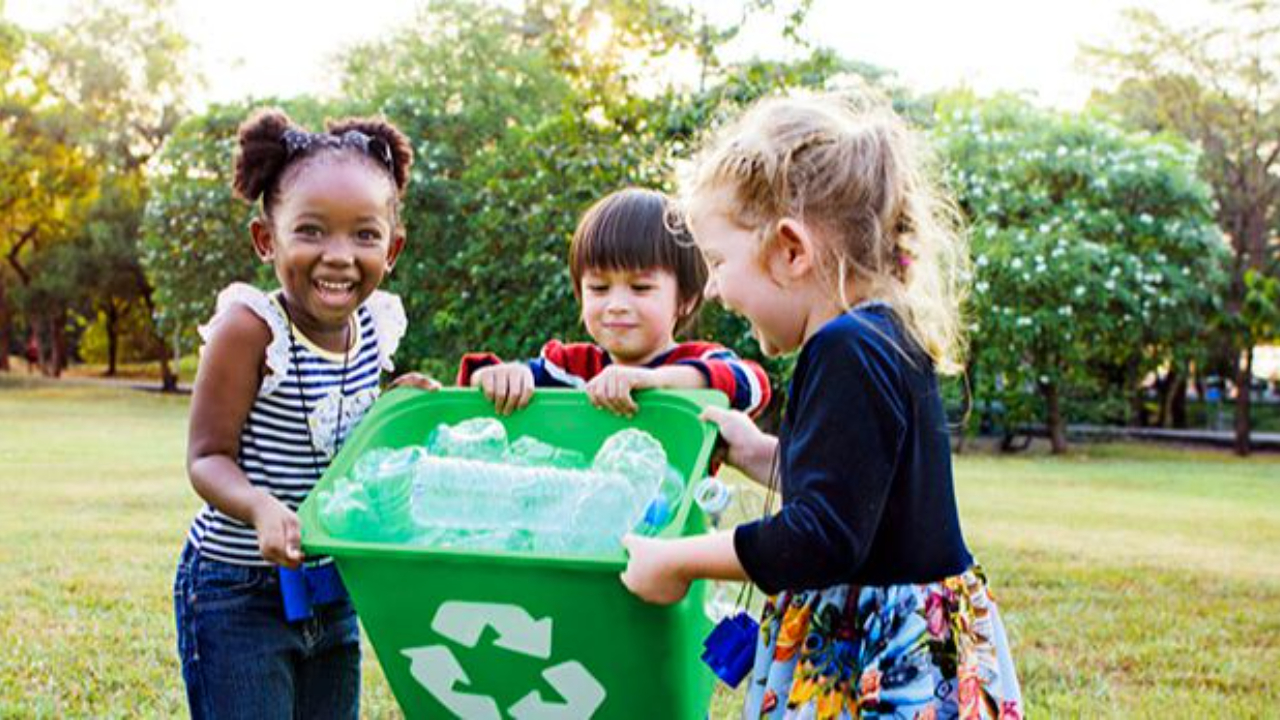
Boost Student Engagement With Service Learning
Mar 11, 2024I once invited a refugee from Rwanda to be a guest speaker for my class. She shared how she lost her entire family in the Rwandan genocide and was forced to live in a refugee camp for 17 years with no running water or electricity. One day she was put on an airplane, without the slightest clue where it would land, and ended up in Grand Rapids, Michigan in January.
And this woman had never heard of snow before. She thought there was a volcano nearby and the white stuff falling from the sky must’ve been a strange, cold ash.
This woman didn’t know how to dress for cold weather; she didn’t know how to use simple household appliances. She was told by a social worker to get on a thing called a bus to go to a thing called a library, to use a thing called a computer to get a thing called a job. She said the first time she got on a city bus, she didn’t know how to signal she needed to get off, and so was stuck on the bus for 8 hours until the driver made her get off at the end of the route.
In January. During a snowstorm.
Much of her assimilation was an intense struggle, and my students were learning about this struggle for the first time. Naturally, they wanted to do something about it.
Beginning a Content-Rich Service Learning Project
For the next month, while my students learned about the Industrial Revolution and concepts like modernity, they created tools to help refugees better assimilate into our city. They made flash cards for how to use household appliances and had them translated into Swahili. One group created a cookbook for simple dinner ideas. Another group made a how-to video for the city bus. At the end of the project, the students presented these tools to an actual group of social workers and refugees, who are now using them in their agency to this day.

The students were successfully collaborating to achieve a common goal. Students were learning how to present and publicly speak so that the professional panel would accept the products they created. They were solving problems and being forced to think outside of the box.
However, the students were also putting the same amount of energy into the expository essays I assigned for this project. This was still school, and there was still academic work to complete. But now the engagement created by the authentic work they were doing was carrying over into the more traditional schoolwork. Students could identify the connection between the service work and the academic tasks. This integration wasn't seamless, but it was enough to inspire deeper engagement.
Service Learning Creates Deeper Learning
This is an example of a Project Based Learning unit rooted in Service Learning. At its core, Service Learning is about making learning for your students authentic and connected to a cause bigger than themselves. Students who may have not been interested in grades, were interested in solving an authentic problem in their community. There was an extrinsic motivator pushing them towards strong work, as well as intrinsic motivation that came from their own empathy.
Research shows that when students are engaged in purposeful, authentic work, they experience measurable growth in social, behavioral, emotional, and cognitive development. Essentially, when their work has an authentic purpose behind it, they learn to collaborate better, are more behaved and emotionally mature, and they learn content at a deeper level.
This is why having elective Service Learning classes or community-service requirements for graduation are a great thing in schools. However, it also supports the case for incorporating Service Learning into all subject area classes. If purposeful motivation increases engagement, why would we only save it for electives? Not only are students developing in a more wholistic way, but they are also still gaining proficiency in their academic learning.
Add a Service Component to Schoolwork
Adding authenticity to schoolwork comes down to answering two questions:
- What is an authentic problem my students can have a role in solving?
- How can we incorporate content learning into the solving of that problem?
From there, much of the work is the same, except now it is being driven by an authentic purpose. For instance, while teaching third grade students about invasive species, a class could organize a community event to remove a certain invasive species from a local park. Or during a short story ELA unit, instead of just writing for the gradebook, students could write stories to send to residents at a retirement home. Students could use math skills to collect donations for a certain cause.
It’s about giving students the opportunity to serve while they are learning specific content and skills. Having a service component creates more inspired work. And the result of that work is deeper learning, but also students who know how to serve others.
Planning a Service Learning Project
As you think about planning a service learning project, it can be helpful to create an outline of the project first, identifying key landmarks for students to get to as they develop their solution to the problem. Once you know what your landmarks are, it's a matter of filling in everything in between.
For instance, one of the key landmarks of the Refugee Project was having their work translated to the different languages refugees speak in Grand Rapids. Knowing students will need to complete this task, I built in class time for them to learn how to do this. The landmarks help inform your lesson planning. Here is a resource to help you begin outlining a service learning project:
‘Reaching out to a Professional’ Email Template
Could I have done this same project without the help of the special guest who told her story or the panel from the social work agency to serve as a profession audience? Sure, having guests from outside of the classroom was not essential. However, it undoubtedly heightened the authenticity of the experience and probably had a huge role in engaging students' empathy from the outset. And adding this 'community component' was not a lot of extra effort on my part as the teacher.
It simply took reaching out. Here is a template for an email you can send to invite community members to help you with an authentic service learning project:
Hi Mrs. ______________,
Professional’s name
My name is ____________ and I am a teacher at ________________, and I am planning a
Your name Your school
project right now where my students are ____________________________________.
Short description of the project and what problem your students are addressing.
One of the ways to get them engaged in the project is introducing authenticity to it and let them see how professionals are working on projects like this in the ‘real world.’ Do you think we could set up a time for you to come and talk to my students about the work you do, and maybe give some advice as they work on their project? I know my students love to hear from you.
If you think you’d be able to help out, I’d love to give you more info about the project and we can find a time to make it work. Please let me know if you have any questions! I’m looking forward to connecting more and hopefully getting you into our classroom soon!
Thank you,
_______________________
Your name
____________________________
Title, School Name
If you want to learn more about Project Based Learning, check out my PBL Master Class.
Stay Connected With Trevor's Work
Join thousands of educators who receive weekly articles, videos, and inspiration from Trevor.
SPAM is the worst. I promise to only send you my best stuff and NEVER to share your email.


